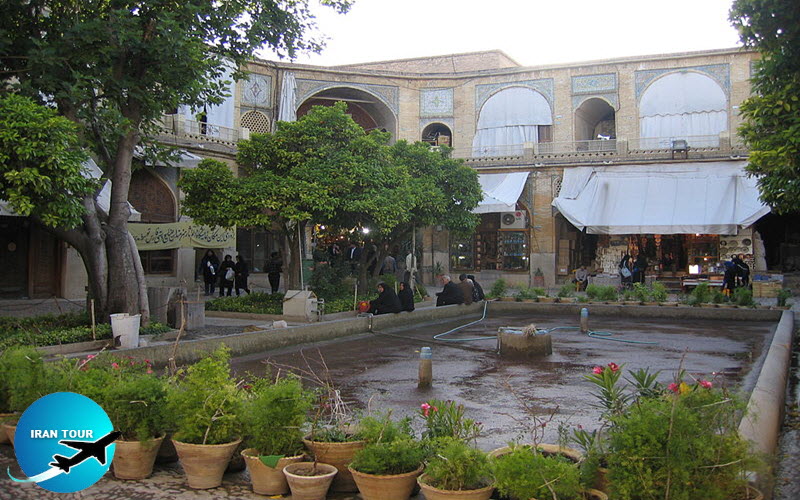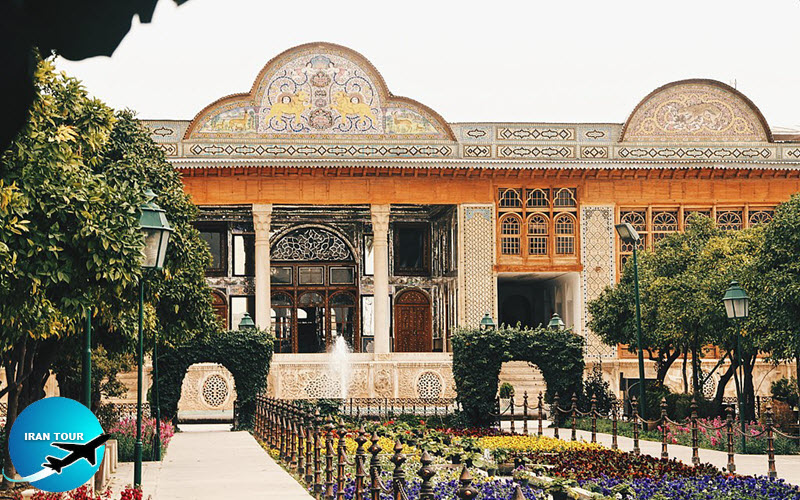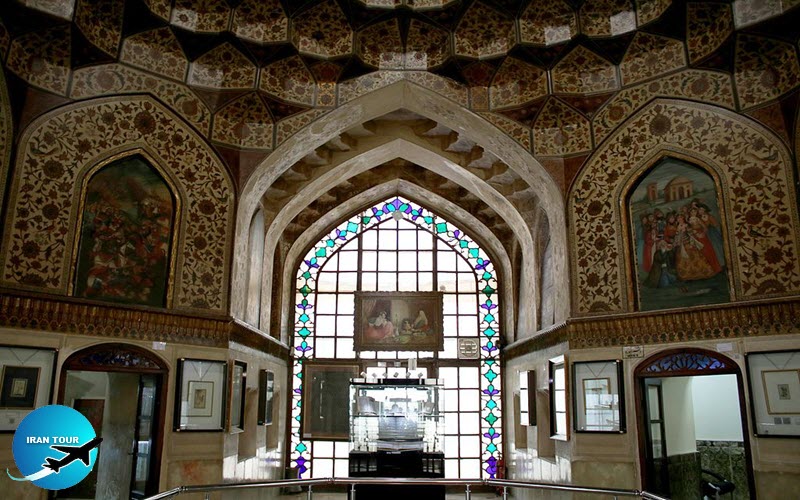Copyright 2020 - 2021 irantour.tours all right reserved
Designed by Behsazanhost
Shiraz during the Zand and Qajar
Shiraz during the Zand and Qajar
periods In 1765, Shiraz became the capital of Tran. Foremost among the reasons for this choice were the favorable climate of the city, the abundance of its water resources, its strategic position on the road leading to the Persian Gulf, and it's naturally protected and fortified location. Both the length and relative stability of Karim Khan's reign encouraged the construction of noteworthy buildings, particularly in the city's royal quarters.
 |
Although the Zand structures, rivaling in their beauty the magnificent buildings of Safavid Esfahan, were sturdy enough to survive two disastrous earthquakes that struck the city in 1824 and 1855, during the 19th and early 20th centuries, they fell largely into ruins and were rebuilt. Of twenty-seven constructions in Shiraz attributed to Karim Khan (original buildings as well as buildings that he expanded and restored), sixteen have survived to the present. They show that Karim Khan intended his constructions as units within an all-embracing city plan, and brought about the harmony of space in the city, traditionally famous for its open appearance and its gardens. The array of these buildings is an impressive witness to the ruler's energy. It includes mosques; administrative and secular buildings; palaces; baths, commercial buildings such as bazaars; and civil engineering projects such as drainage channels, moats, bridges, fortifications, water reservoirs, and gardens. The Citadel, the pavilion of the Nazar Garden, the Vakil Mosque, Vakil Bath, Vakil Bazaar, Divan-Khaneh, pavilion of the Jahan-Nama Garden, the original building of Hafez's Mausoleum, bridge over the Dry River (Ali ibn Hamzeh Bridge), and the Haft Tanan Crypt constitute Shiraz's most beautiful architectural tokens of the Zand period. The imposing Tup-Khaneh Square, laid during Karim Khan Zand's rule and encroached upon by marginal structures during the subsequent years, is being carefully restored to its original splendor.
 |
Karim Khan has also attributed the reinforcement of Shiraz's Dry River watercourse together with a system of underground canals designed to carry away excess water from the town. (These canals were blocked at a later period.) Karim Khan's chief aim during his twenty-nine-year rule was that of serving his people, and he strove greatly to meet this goal. He sponsored the construction of several qanats* and water storage tanks to make secure the city's water supply. He repaired and expanded the stone ramparts around Shiraz, and surrounded them by a moat to save the capital from plunder.
The eleven districts of Shiraz during the Zand rulers are still in existence and have even preserved their original names. It is said that Karim Khan became distressed whenever music and dances ceased in any of these districts and often dispatched the royal musicians to entertain the populace. When Karim Khan himself left Shiraz on military or administrative campaigns, the city was governed by his brother Sadeq Khan, and most of the Vakil complex was created under Sadeq Khan's supervision. By the time of Karim Khan's death in 1779, Shiraz had recovered much of its former glory. The regent was originally buried in the pavilion of the Nazar Garden. However, fifteen years later Agha Mohammad Khan Qajar, an implacable enemy of the Zand dynasty, had Karim Khan's body exhumed and reburied, together with the remains of Nader Shah, under the threshold of the Qajar palace in Tehran, thereby giving himself the unsavory satisfaction of trampling upon the dust of his family's two chief enemies. Agha Mohammad Khan Qajar made Tehran the capital in place of Shiraz, which once again fell into decay. Although Karim Khan's successors continued to rule in Shiraz, they were mainly engaged in military campaigns against the much-more-powerful Qajar dynasty. The most capable of Zand rulers after Karim Khan, Lotfali Khan, planned to build three highways to connect Shiraz with three ports of the Persian Gulf, but his early death at the hand of Agha Mohammad Khan prevented him from accomplishing this ambitious project.
 |
The buildings of Shiraz, greatly damaged during the fratricidal wars and general disturbances of this period, were partially restored during the Qajar rule. At this time, three powerful, rich clans - the Qavam and the Moshir families, and the Qashqai chieftains - were contending for the privilege of ruling semi-independently over Fars and the Persian Gulf coast. These clans, as well as several other charitable persons (particularly Hajji Mirza Hasan Ali Nasir al-Molk), are attributed the most beautiful buildings created in Shiraz during the Qajar period. These are the Nasir al-Molk Mosque, the Nasir al-Molk House, the Moshir Mosque, Narenjestan, and the Zinat al-Molk House, the pavilion of the Delgosha Garden, and Afifabad Garden. After so many vicissitudes, the Shiraz of today is once more a sizeable and prosperous city.
- Details
- Category: Shiraz Tourism